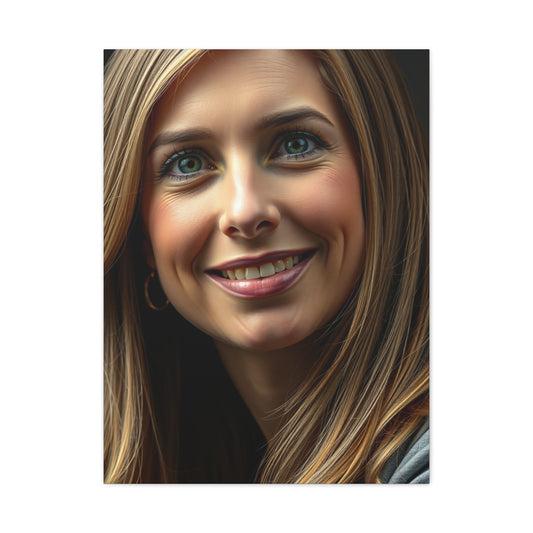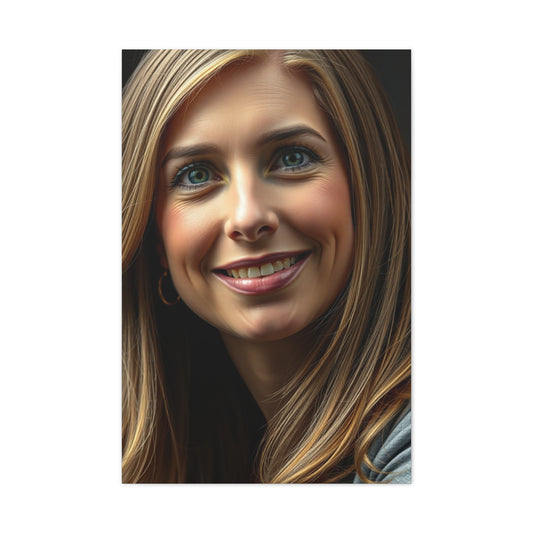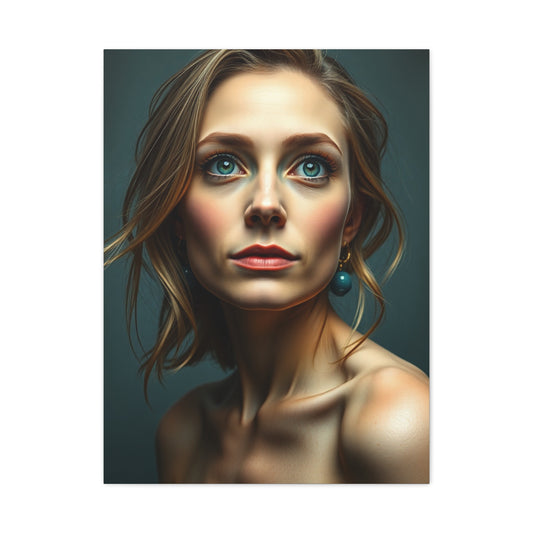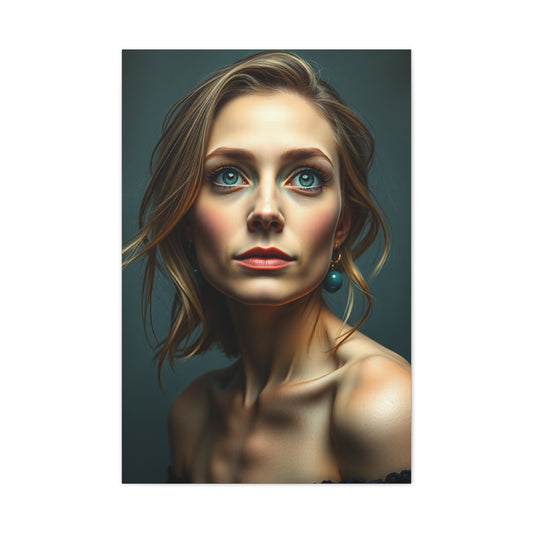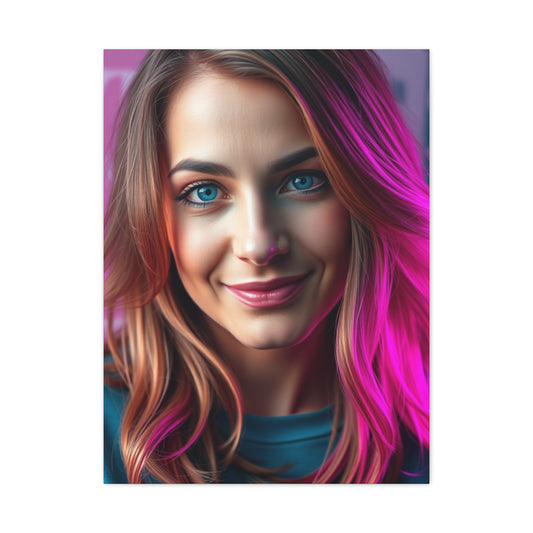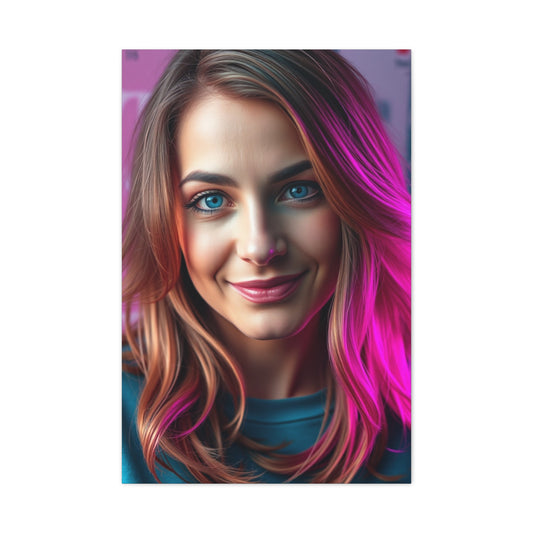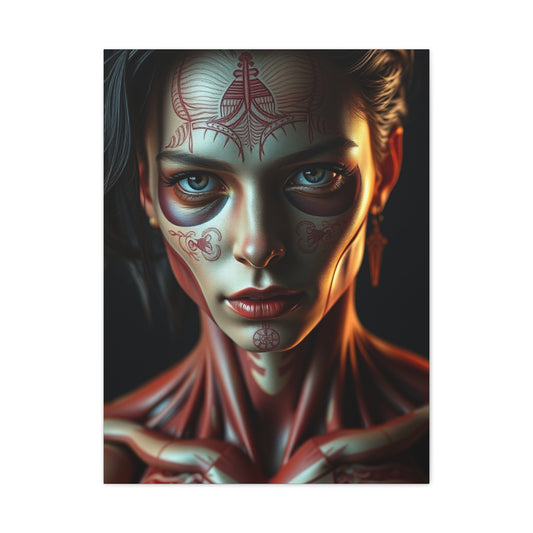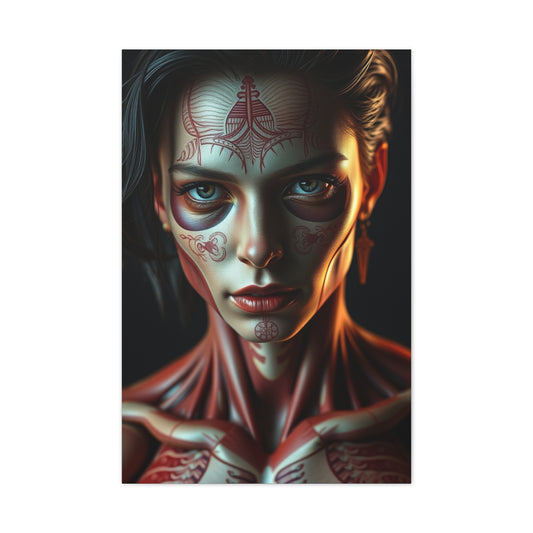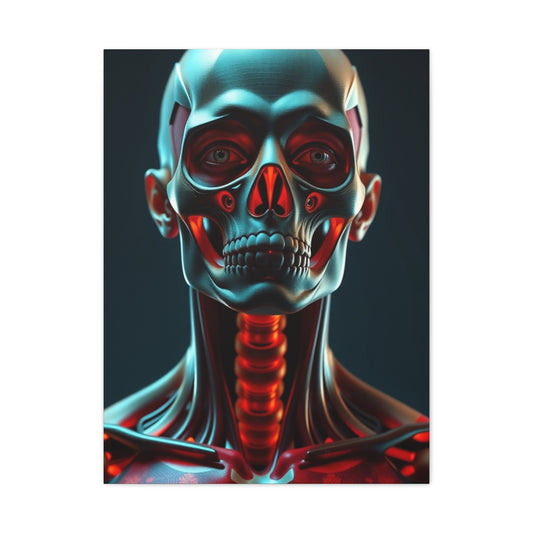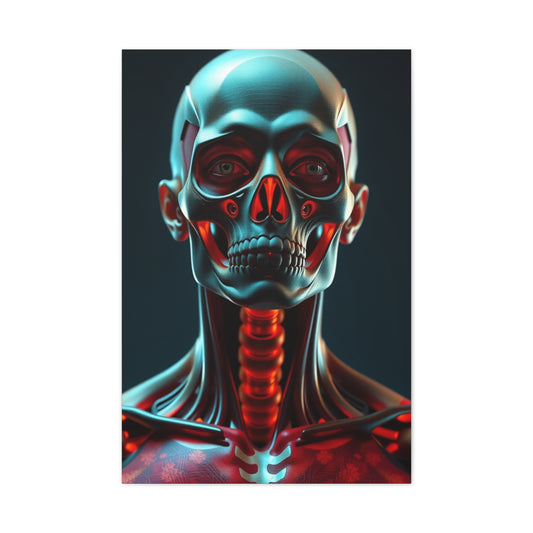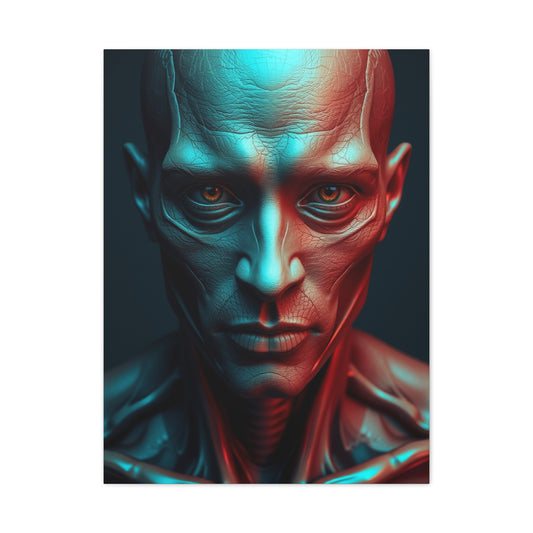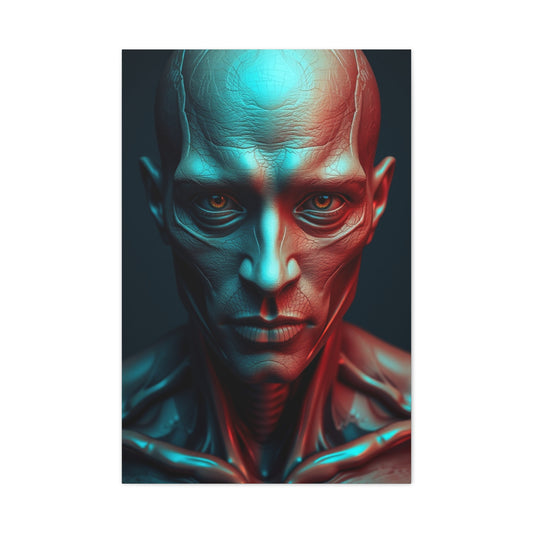If you’ve ever admired the luminous, perfectly styled interiors featured in magazines or high-end websites, you’re not alone. Achieving those polished results may seem daunting, but with a refined approach, a keen eye, and the right methodology, you too can create professional-grade interior photography that tells a story and elevates your visual portfolio. Interior design photography is more than snapping aesthetically pleasing rooms—it’s about conveying a mood, showcasing intentional design, and capturing the soul of a space.
Here’s a comprehensive guide outlining 12 advanced yet practical strategies to elevate your interior photography work from competent to compelling.
Essential Foundations for Exceptional Interior Photography: Planning and Client Collaboration
Creating refined, compelling interior photography begins far earlier than the moment you press the shutter. While technical skills are essential, your success in this genre hinges largely on how well you prepare and how effectively you collaborate with your client during the process. Interior photography is as much about storytelling and capturing ambiance as it is about lines, light, and balance. A well-styled room may appear effortless, but every magazine-worthy image is the product of strategy, foresight, and synchrony between photographer and client.
Let’s delve into two essential foundational strategies that elevate interior photography: meticulous pre-shoot planning and real-time collaboration through tethered previews. Mastering these aspects sets the tone for a productive shoot and helps you consistently deliver top-tier results that resonate with designers, architects, and discerning clients.
Strategic Planning: The Unsung Hero of Interior Photography
Behind every polished and visually immersive interior photo lies a structure of planning that acts as the invisible scaffolding holding the entire shoot together. Your initial conversation with the client should be detailed and goal-oriented. Ask not only which rooms they want photographed, but what design language each room speaks. What mood or emotion should the photographs convey? Are there particular textures, color palettes, or architectural features that should be highlighted?
Understanding the client’s intentions enables you to approach each room with narrative in mind. For example, photographing a serene Scandinavian-style bedroom will differ greatly from capturing a bold, art-deco-inspired kitchen. These distinctions influence everything—from lens selection to lighting arrangement to the styling of vignettes.
|
Related Catagories: |
A site visit is another indispensable element of preparation that many overlook. Whenever possible, visit the location in advance. It’s during this exploration that you’ll learn the quirks and charms of the space: the way morning sunlight bathes a dining nook in warmth, or how reflections from high-gloss cabinets might complicate lighting. This visit allows you to assess challenges and identify potential focal points before the actual shoot, reducing the chance of surprises.
Pay attention to architectural lines, color casts from nearby surfaces, potential hotspots from direct sunlight, and any ambient noise—both visual and environmental. Evaluate ceiling height for tripod setup and strobe positioning. Map out the movement flow so you can plan compositions that showcase space and functionality rather than simply documenting static objects.
From a gear perspective, planning ensures that you're not only bringing the correct camera bodies and lenses, but also the essential support tools—like sandbags, reflectors, diffusers, memory card backups, and spare batteries. Clean your lenses meticulously, format all cards, and calibrate your monitors if you plan to review images on-site. These technical steps, though mundane, are vital to maintaining consistency, efficiency, and a professional demeanor.
Moreover, don’t underestimate the psychological impact of thorough preparation. When you arrive organized and composed, clients feel reassured. Your confidence sets a tone of calm professionalism, making the shoot smoother and your presence more trusted.
Real-Time Engagement Through Tethering: The Power of Visual Feedback
While preparation forms the backbone of a successful session, what happens during the shoot is equally crucial. Interior photography is a collaborative process—especially when working with interior designers, builders, or homeowners with specific visions. That’s where tethered shooting becomes an invaluable asset.
By connecting your camera to a laptop or tablet, you provide your client with a real-time view of each captured frame. This live feedback loop dramatically reduces miscommunication and aligns creative expectations. Clients no longer need to wait until the gallery is delivered to express preferences or concerns. They can provide immediate input on composition, object placement, lighting ambiance, and overall styling.
This approach does more than simply involve the client; it elevates their trust in your process. When they see how intentional you are with framing, angles, and lighting, they begin to appreciate the craft behind the lens. And when a client feels involved, they’re not only more satisfied—they’re more likely to recommend you or work with you again.
Tethering also offers technical advantages. Reviewing images on a larger screen helps catch minor issues early—slight focus misses, asymmetrical objects, distracting reflections, or unwanted color casts. These elements are often difficult to detect on a camera’s built-in display. Correcting them on the spot prevents unnecessary editing time later.
Depending on your budget and shooting style, you can opt for a wired connection using USB or invest in a wireless tethering solution. Systems that enable Live View take it a step further, allowing both photographer and client to view and adjust a scene before the shutter is even pressed. Imagine being able to tweak a pillow, remove a coffee mug, or adjust curtain folds without reshooting. This results in fewer images to process and a more curated final collection.
Beyond efficiency, this collaborative process builds a rapport between you and your client. It transitions your role from service provider to visual consultant. Instead of reacting to client feedback after the shoot, you shape the images together, in real-time, creating a shared sense of ownership over the final results.
Another important aspect is the psychological clarity this brings to the shoot. You can confidently move forward knowing each frame has been approved or fine-tuned as needed. This removes second-guessing, lowers the chance of needing reshoots, and creates an overall experience that feels seamless and professional.
The Interplay Between Planning and Collaboration
While these two strategies—advance planning and client collaboration—may appear to operate separately, they actually support one another. Planning equips you with the structure to lead a photoshoot confidently. Tethering, on the other hand, enables adaptive collaboration within that framework. Together, they foster an environment where creativity and clarity can thrive simultaneously.
For example, your site visit may reveal that morning light is best for a specific room. Knowing this allows you to schedule it first in your shot list, which you can then review live with the client using your tethered system. As your client watches that morning light bring their design to life onscreen, they gain confidence in your timing and intuition. This kind of synchronization leads to elevated outcomes and enduring client relationships.
Elevating Interior Photography: Capturing Emotion Through Details and Mastering Artificial Light
Interior photography isn’t just about displaying a space—it’s about translating an environment into a visual narrative. While sweeping wide-angle shots can showcase layout and architectural grandeur, it’s the more intimate details—the vignettes and well-crafted lighting—that evoke emotion and transform a static room into a living, breathing story. The most compelling interior images are those that engage the viewer on a sensory and emotional level. To achieve this, photographers must develop a refined understanding of both composition and illumination.
This article delves into two essential pillars of interior photography: the art of emotional storytelling through vignettes and the careful integration of artificial light to mimic the beauty of natural illumination. Together, these practices form a powerful foundation for creating photographs that not only document but also inspire.
Crafting Emotional Resonance Through Vignettes and Curated Details
One of the most underutilized yet highly impactful techniques in interior photography is the thoughtful creation of vignettes. These are not just decorative close-ups but rather intimate visual compositions that encapsulate the essence of a space. Vignettes focus on a curated collection of elements—objects, textures, materials, and light—to convey mood, character, and lifestyle.
Consider a sunlit reading nook with a wool throw draped over a sculptural armchair, a leather-bound book resting open beside a flickering candle. These aren’t just objects—they’re fragments of a story. When framed correctly, they invite the viewer to step into a moment, to imagine what it feels like to occupy that space. That invitation is the secret to creating emotional resonance in interior design photography.
To execute successful vignettes, it’s vital to understand the designer’s or homeowner’s intent. Ask about the source of specific decor items—whether they’re heirlooms, handmade objects, or artisan pieces. These details help you decide what to highlight and how to photograph it in a way that aligns with the personality of the space.
Use shallow depth of field intentionally to isolate subjects and create dimension. Incorporating texture-rich materials like linen, stone, ceramic, or velvet enhances the sensory experience. These tactile visuals are often more memorable than even the most architecturally perfect wide-angle shot. Pay attention to how natural light interacts with these objects at various times of the day. Morning shadows may lend softness, while golden-hour rays can infuse warmth.
Consistency in color palette and lighting between wide shots and vignettes ensures that your final collection maintains a harmonious visual flow. This is especially important for commercial clients, who often use these images across multiple platforms, from portfolio websites to printed lookbooks.
Vignettes also serve a practical marketing purpose. On social media platforms such as Instagram and Pinterest, vertical and closely cropped imagery performs significantly better. Creating a balance of expansive views and detail-rich frames provides content flexibility, allowing your images to adapt to multiple formats and screen sizes.
Ultimately, vignettes are your opportunity to bring artistry into architectural documentation. They express atmosphere, draw the viewer inward, and enrich the visual storytelling of the space.
Integrating Artificial Light With Subtlety and Precision
Natural light remains the gold standard in interior photography. Its organic quality, fluid shadows, and dynamic temperature shifts are unmatched. However, many interiors—especially in urban settings or north-facing homes—don’t offer ideal lighting conditions. This is where artificial lighting steps in as a critical tool—not to dominate, but to delicately supplement.
The key to using artificial light effectively lies in its invisibility. The most successful use of artificial lighting is the kind that feels so natural the viewer doesn’t even notice it. Avoid harsh, directional flashes that flatten textures and cast abrupt shadows. Instead, aim to replicate the ambient diffusion of daylight. Bouncing light off neutral-toned walls or white ceilings can yield a soft, indirect glow that gently fills shadows without overpowering the scene.
Modifiers such as softboxes, umbrellas, and reflectors are indispensable in your lighting toolkit. These allow you to sculpt light gradually, giving you control over direction, spread, and softness. When photographing glossy or reflective surfaces—like lacquered cabinetry or glass tabletops—be mindful of light placement to avoid hotspots and glare.
Color temperature control is another critical consideration. Mixing natural and artificial light sources can result in undesirable tonal clashes. The presence of tungsten bulbs, for instance, can cast warm yellow or orange hues that contrast sharply with cool daylight. To mitigate this, either gel your strobes to match the ambient light or neutralize the tones in post-processing. Always shoot in RAW format to retain maximum control over white balance and color correction.
One often overlooked factor is the color of the walls or ceiling where light is bounced. Warm-toned surfaces can cast a tinted glow that subtly shifts the hue of your entire scene. If you’re working in a space with vivid wall colors, use a white or neutral-colored bounce card instead of relying on environmental surfaces.
Artificial light can also be used creatively to add visual interest or direct attention. A focused rim light, for example, can emphasize the contours of a statement chair or decorative column. Accent lights hidden behind furniture can provide soft backlighting that adds dimensionality. These advanced techniques require experimentation and restraint, but when executed well, they elevate your photography into the realm of visual storytelling.
Take the time to test and adjust your lighting setup for each room. A lighting scheme that works beautifully in a monochromatic bedroom may not suit a dark wood-paneled office or a high-gloss kitchen. Flexibility, observation, and understanding of each material’s reflective properties are essential to achieving a balanced composition.
The Synergy Between Details and Lighting
Vignettes and lighting are not isolated techniques—they work best in tandem. Imagine composing a vignette of a hand-thrown ceramic bowl on a walnut sideboard, with gentle artificial light mimicking morning sunlight. The texture of the wood, the glaze of the pottery, and the interplay of light and shadow combine to create a frame that’s emotionally evocative and visually refined.
This synergy allows photographers to control not just how a space looks but how it feels. A well-lit detail shot can communicate calm, luxury, creativity, or warmth, depending on the choices you make during both shooting and post-production.
Mastering these techniques requires more than just technical know-how. It demands a sensitivity to the nuances of design, an understanding of how objects and light interact, and a desire to tell stories that go beyond aesthetics.
The Art of Styling and Simplicity in Interior Photography: Curate, Refine, and Eliminate Clutter
Interior photography is an exercise in visual storytelling—an elegant intersection of aesthetics, balance, and atmosphere. At the heart of this craft lies two often underestimated yet indispensable techniques: intentional styling and clutter elimination. These aren't just final touches; they are the foundation of an evocative and visually resonant photograph.
In high-end interior photography, every inch of a composition matters. Each item placed in a frame either enhances the design narrative or diminishes it. The photographer’s role, therefore, extends far beyond camera settings and exposure. You become a visual curator—an interpreter of space who sees not only how a room looks but how it feels. Styling with precision and minimizing distractions transforms an image from ordinary documentation into a compelling visual experience.
Styling With Precision: Creating Harmony, Not Just Decoration
Styling is a nuanced process, often governed more by restraint than abundance. When approached with care, it has the power to highlight the designer’s vision and bring out the full emotional potential of a space. Yet overstyling can quickly dilute the impact. Excessive decor, mismatched color accents, or props that feel staged can shift the focus away from the design and onto the styling itself.
Intentional styling begins with observing the room’s inherent rhythm. What mood does the space convey? Is it minimal and serene, bold and eclectic, or warm and traditional? Once the overall tone is understood, every styling decision should reflect and amplify it.
Simple, purposeful additions are often the most powerful. A linen napkin draped on a dining table, a single hydrangea in a matte ceramic vase, or a well-thumbed book on a velvet armchair—these elements offer subtle cues to lifestyle and taste. They also help humanize the space without overwhelming it.
Every object included in the frame should have a clear role. Ask yourself: does this prop support the composition? Does it harmonize with the palette and textures already present? Is it enhancing the room’s visual cadence, or is it pulling attention away from it?
Many interior designers will appreciate when photographers step into the styling process with both care and confidence. During the shoot, be proactive about suggesting minor tweaks—a repositioned rug, a straighter pillow, a cleaner surface. These details may seem trivial, but their cumulative effect is substantial. It's these micro-adjustments that elevate a photo from acceptable to editorial-grade.
|
Related Catagories: |
Equally important is understanding spatial hierarchy. Not all corners of the room should compete for attention. Let certain pieces breathe. Allow negative space to balance visual density. Minimalism, when guided by intention rather than absence, lends a frame a refined and sophisticated air.
Visual Noise: The Subtle Saboteur of Great Interior Shots
Even the most thoughtfully styled space can be undone by clutter or visual discordance. Unnecessary objects, tangled cables, out-of-place decor, or miscellaneous items left out of frame often become glaring distractions when captured through a lens. What might seem invisible to the naked eye becomes a point of focus in a high-resolution image.
Visual noise isn't always mess in the conventional sense—it can include excessive accessories that don’t align with the room’s design story, overly bold patterns that disrupt cohesion, or items placed haphazardly that interrupt symmetry. Effective interior photography is about clarity of vision. Everything within the frame must either serve a visual purpose or be removed.
A pre-shoot walk-through with the client is the most efficient way to address this. Use the opportunity to evaluate every space from the perspective of a final image. Identify areas that need refining, surfaces that require clearing, and decor that may feel disjointed. Often, clients have become so accustomed to their space that they don’t see what could visually interfere with a clean shot.
Gently guide them through your vision. Explain why that extra magazine stack might create imbalance or how removing a busy wall hanging can allow a statement sofa to become the true focal point. Most clients will welcome your direction—after all, they’ve hired you for your eye, not just your camera.
Also consider what visual elements are competing unnecessarily. For instance, a bright red kitchen utensil in an otherwise neutral-toned kitchen can jar the image, drawing the eye away from the cabinetry or countertops. Replace it temporarily or reposition it outside the frame to preserve the scene’s cohesiveness.
Your composition should lead the viewer’s eye intentionally—from foreground to focal point, through textures and tones that harmonize. Visual distractions, no matter how small, interrupt this journey.
The Relationship Between Styling and Minimalism
Styling and simplification are two halves of the same coin. You can’t style effectively without editing, and you can’t eliminate clutter without understanding what truly belongs. Knowing when to remove rather than add is a critical skill. This is especially true in contemporary or modern spaces, where the architecture and design itself are the focus. Over-decorating such spaces undermines their elegance.
Conversely, in bohemian or maximalist interiors, the challenge becomes how to refine without stripping the personality. In these cases, editing is about clarity—making sure the visual narrative doesn’t become chaotic. Even in a room filled with patterns, colors, and artifacts, the photograph should feel structured and curated.
Think of the frame as a gallery. Each element you allow into it must earn its place. And once inside, its relationship to the other components must be coherent. By learning to style selectively and eliminate distractions, you elevate not only your final images but the experience your clients have with you. They’ll begin to see your role not just as a service provider, but as a collaborator in presenting their work in its best light.
Crafting Dimensionality and Harmony in Interior Photography: Mastering Depth and Composition
Interior photography is a layered art form, one that transcends technical execution and ventures into storytelling, spatial choreography, and visual rhythm. While lighting and styling play indispensable roles, your control over depth and composition directly impacts the emotional engagement and aesthetic appeal of each image. To create truly immersive interior photography, a photographer must understand how to manipulate visual layers and compose with intention.
Two essential techniques underpin this process: enhancing spatial depth through foreground elements and refining every image with compositional principles rooted in artistry. When mastered, these elements breathe life into a scene, drawing viewers into the photograph with subtlety and sophistication.
Introducing Dimensionality: Creating Spatial Depth With Foreground Framing
In interior photography, depth isn’t created through gimmicks—it’s built through thoughtful layering. A common mistake, especially among beginners, is to shoot everything flat and head-on, resulting in sterile, two-dimensional imagery. True interior storytelling requires a sense of spatial presence, a subtle three-dimensionality that makes the viewer feel as if they’re inside the room, not just looking at it.
To achieve this, embrace the concept of layered composition. Begin by dividing the frame into three zones: the foreground, the middle ground, and the background. Incorporate elements into each of these zones to guide the viewer's eye and enhance the illusion of space. For instance, you might place a textured throw over the arm of a nearby chair in the foreground while focusing on the dining table in the middle ground and allowing a cabinet or painting to anchor the background.
These layers need not all be in sharp focus. In fact, introducing a delicately blurred foreground—such as a pendant light, a houseplant, or a doorframe—can add a cinematic softness and lend atmosphere to the image. This technique also creates a natural visual progression, allowing the eye to travel through the frame rather than stopping at a single point.
Understanding how to control depth of field is vital. Aperture settings around f/8 to f/16 typically strike the right balance for interiors, ensuring clarity in key areas while permitting subtle transitions between planes. However, these settings can be adjusted based on the narrative you're trying to evoke. A lower f-stop can introduce intimacy in close-up compositions, whereas a higher one can capture architectural precision in wide-angle scenes.
Depth is not just a visual effect—it’s a compositional strategy. Framing a shot through an archway or the edge of a doorway, for example, allows you to use the architecture itself as a framing device. This subtly conveys the layout of the space and invites the viewer to explore what lies beyond. Additionally, the foreground can introduce thematic clues—a rustic basket can hint at a cozy cottage lifestyle, while a chrome barstool might suggest modern minimalism.
Used strategically, this layering enriches your interior photography, transforming static rooms into immersive visual narratives that linger in the viewer's imagination.
Compositional Precision: The Unspoken Language of Interior Imagery
If depth gives an image its soul, composition gives it structure. Composition in interior photography isn’t merely about fitting everything into the frame—it’s about crafting balance, rhythm, and focus. Great composition doesn’t shout; it quietly guides the viewer's eye through the image with elegance and intent.
At the heart of compositional mastery is visual literacy—an understanding of how humans perceive images and what naturally draws or repels the gaze. The rule of thirds remains a foundational technique: divide the frame into a three-by-three grid and place focal elements along the lines or at their intersections. This positioning creates dynamic tension and balance without rigidity.
Symmetry is another powerful compositional tool, especially in interiors where architecture often lends itself to balanced forms. A symmetrical shot of a fireplace flanked by twin armchairs exudes harmony and stability. However, asymmetry can be equally effective. Placing a bold accent chair off-center or shooting from an unconventional angle can introduce a creative tension that feels modern and expressive.
Leading lines serve as visual guides, pulling the eye into and around the photograph. These can be structural—like beams, staircases, countertops, or tiled floors—or implied through alignment of objects like books on a shelf or bar stools at an island. Used wisely, leading lines highlight focal points and give your images direction and flow.
Equally important is the use of negative space. This isn’t empty space—it’s breathing room. Strategic use of negative space allows the focal elements to stand out while imparting a sense of calm and minimalism. A well-framed chair beside a blank wall can often communicate more than an entire room cluttered with objects.
Framing within framing is another nuanced approach to enhance composition. A photograph taken through a window, curtain, or mirror offers layers of context and artistry. This technique adds intrigue and subtly underscores the narrative tone of the space—whether it’s intimate, expansive, dramatic, or serene.
Color theory also plays a role in composition. Use color to create visual balance and cohesion. Avoid having colors compete for attention unless deliberate contrast is part of the stylistic message. Similarly, tonal balance ensures that shadows and highlights are in harmony, and that no area of the image overpowers another unnecessarily.
Ultimately, good composition isn’t about following rules—it’s about knowing when and how to break them. The more familiar you become with compositional principles, the more instinctive your decision-making becomes. You'll begin to see frames even before you lift the camera. This intuitive approach is what separates a technician from an artist.
The Intersection of Depth and Composition: A Unified Vision
The most compelling interior photographs aren’t just visually accurate—they’re emotionally resonant. This is achieved when spatial depth and composition work together seamlessly. Consider a layered image of a kitchen shot from the hallway. The foreground features the edge of a doorway in soft blur, the middle ground reveals a marble island bathed in natural light, and the background includes sleek cabinetry and an artful pendant lamp. Every component is positioned with purpose. The composition is balanced, the depth inviting. The photograph tells a story without saying a word.
This kind of visual narrative is what high-end clients seek. Designers, real estate developers, and stylists want images that do more than showcase—they want images that sell emotion, luxury, and identity. By mastering the interplay between layering and composition, you’re equipped to meet and exceed those expectations.
Precision and Professionalism in Interior Photography: Lens Choice, Exposure Blending, Lighting, and Editing
Interior photography, at its finest, is an orchestrated blend of precision, visual honesty, and post-production finesse. What separates the good from the extraordinary isn't just gear or experience—it's how you make conscious decisions at every stage of the process, from lens choice to final retouching. To capture interior spaces with both artistic merit and architectural integrity, a photographer must embrace accuracy over exaggeration, balance light masterfully, and refine images with discipline.
This segment explores four foundational principles: using the correct focal length, blending exposures for dynamic range, managing ambient lighting with intent, and executing meticulous post-production. Together, these practices form the backbone of high-end interior design photography.
Use Appropriate Focal Lengths for True-to-Life Representation
The temptation to use ultra-wide-angle lenses is common, especially for those transitioning from real estate photography into editorial-style interior work. While wide lenses can make rooms appear larger, they often compromise spatial accuracy. Overuse results in exaggerated perspectives, distorted proportions, and warped lines—all of which misrepresent the space and undermine the authenticity of the design.
True interior photography values honesty and elegance over illusion. Instead of pushing to extremes like 10mm or 16mm, opt for lenses in the 24mm to 35mm range for comprehensive compositions. This range retains architectural accuracy while offering enough breadth to frame most interior spaces naturally. For tighter, detail-oriented shots, prime lenses between 50mm and 70mm provide beautiful clarity and a flattering depth of field. These focal lengths are especially useful when highlighting finishes, fixtures, and custom craftsmanship.
If your shooting environment feels confined, don’t default to a wider lens—physically step back when possible. Maintaining correct proportions through thoughtful lens selection ensures a more refined and editorial-ready outcome. Clean lines, well-balanced compositions, and unaltered room proportions help convey professionalism and gain the trust of designers and stylists who need their work represented faithfully.
Capture Exposure Brackets to Achieve Balanced, Natural Lighting
Interior spaces often present difficult lighting scenarios. High-contrast scenes—such as sunlit windows against dimly lit interiors—pose a challenge to a camera sensor's limited dynamic range. Without careful planning, you're likely to lose highlight details or crush shadows in key areas.
To manage this complexity, use manual exposure bracketing. Capture multiple images of the same composition at varying exposure levels. One frame should correctly expose the room’s interior; another should expose for the highlights, especially windows; a third may lift shadow-heavy areas. These bracketed frames serve as the building blocks for a more complete, lifelike final image.
Rather than relying on automated HDR algorithms, which often produce garish results with flattened contrast and unnatural hues, manually blend exposures in post-production using professional software like Photoshop or Capture One. With masking tools and soft brushes, you can seamlessly combine these exposures to retain dynamic detail while maintaining a soft, organic appearance.
The goal is not to produce images that feel artificially enhanced, but to mimic the subtlety and nuance of human vision. Proper exposure blending adds realism to your work and ensures both architectural detail and lighting ambiance are presented with sophistication.
Use Ambient Light Judiciously to Maintain Cohesion
A common misconception in interior photography is that turning on all the lights will make the space appear warmer or more inviting. In reality, mixing various artificial light sources introduces a host of complications. Ceiling fixtures, sconces, and lamps often emit differing color temperatures—tungsten, LED, fluorescent—resulting in conflicting color casts and erratic shadow behavior.
Whenever possible, shoot with interior lights off and rely on natural daylight. This provides a consistent color tone, avoids unpleasant reflections, and accentuates textures and spatial depth. Natural light’s soft diffusion flatters surfaces and materials, from marble countertops to brushed metal fixtures.
However, there are intentional exceptions. If a light fixture is a central design element—such as a handcrafted pendant or an architecturally integrated LED installation—it may be appropriate to leave it on for at least one exposure. In this case, take multiple frames: one with the light off, one with the light on, and blend them selectively in post-production. This preserves the ambiance the designer intended while ensuring tonal consistency and eliminating lighting anomalies.
When artificial lighting is included, ensure that your white balance adjustments are meticulously executed in post. Failure to correct color temperature inconsistencies can result in jarring shifts that detract from the polished look clients expect from professional interior photography.
Execute Meticulous Post-Processing to Finalize a Cohesive Visual Story
While capturing the image is important, editing is where raw material is transformed into visual art. Post-processing is not about filters or flashy effects—it's about refinement, fidelity, and intention. The edit must honor the space while elevating its visual clarity and emotional tone.
Begin with global corrections. Straighten all vertical and horizontal lines, especially when using wide lenses where barrel distortion may occur. Use lens profiles in Lightroom or Capture One to automatically correct optical distortions, then fine-tune further if needed. Interior images require geometric precision to maintain architectural integrity.
Next, focus on color balance. Every frame in a set should share a consistent tonal identity. Adjust white balance based on the dominant natural light temperature, and use selective masking to neutralize any localized color casts from reflective surfaces or ambient lighting.
Continue with targeted exposure adjustments. Use radial or gradient filters to subtly guide the viewer's attention toward focal areas. Enhance shadows where detail is lost, and tame highlights where overexposure threatens material definition.
Beyond exposure and color correction, retouching details is essential. Remove distracting elements like electrical outlets, light switches, or stray cords unless they are design-specific. Clone or heal minor imperfections such as wall scuffs, dust on tabletops, or wrinkles in textiles. Small distractions in print or digital display can diminish the luxury perception of the final imagery.
When your edits are complete, evaluate the image set holistically. Every photo should complement the others in terms of tone, clarity, and mood. Whether your gallery includes vignettes, full-room views, or architectural close-ups, the overall presentation should feel unified—a cohesive visual narrative that embodies the design language of the space.
Wrapping Up: Interior Photography That Speaks Volumes
Producing extraordinary interior photography isn’t just about the gear you use—it’s a blend of intentional planning, artistic sensitivity, and technical finesse. When you approach every shoot with strategy and curiosity, you begin creating not just pictures, but visual experiences. The most successful photographers are those who collaborate openly, adapt creatively, and refine obsessively.
As you implement these twelve refined practices into your workflow, you’ll notice not just improvements in your images—but deeper engagement from clients, increased referrals, and a more confident sense of creative authorship. Interior photography is a nuanced craft, and by mastering its complexities, you position yourself for long-term success in a visually competitive industry.










